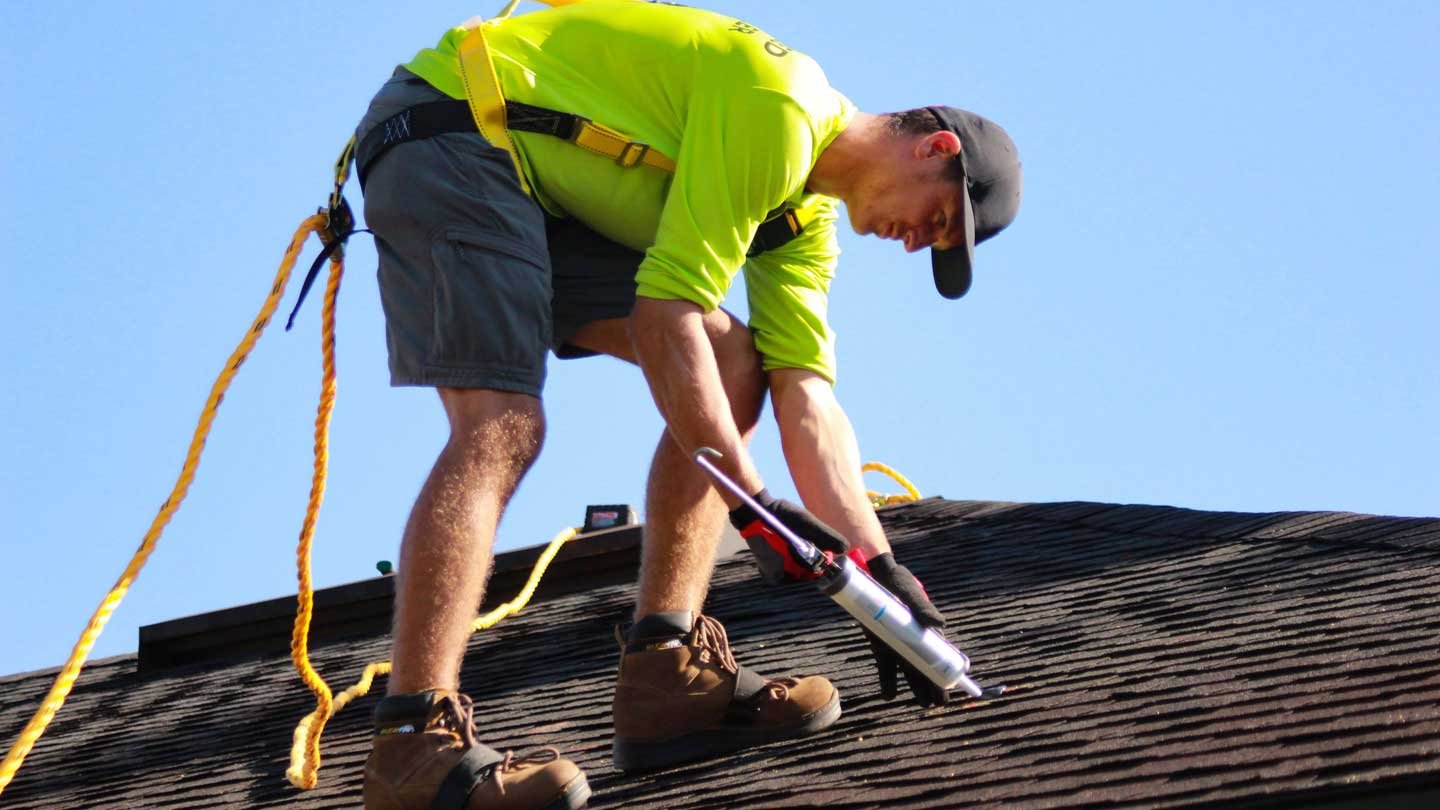A roof is an essential component of any building, providing protection from the elements and ensuring the structural integrity of the building. However, like all components of a building, a roof requires regular maintenance and inspections to ensure it remains in good condition and continues to provide the necessary protection. In this article, we will discuss the importance of regular roof maintenance and inspections and the benefits they provide.
Why Regular Maintenance is Important
Regular maintenance of a roof helps to ensure that small problems are identified and addressed before they become larger, more expensive issues. For example, a small leak in a roof can quickly become a major problem if it is not addressed in a timely manner. Regular maintenance also helps to extend the life of a roof, as it is designed to withstand the wear and tear of the elements.
Benefits of Regular Inspections
Regular inspections of a roof allow for the identification of potential problems before they become major issues. This can save building owners a significant amount of money, as repairs and replacements are often more expensive than routine maintenance. In addition, regular inspections can help to ensure that a roof is up to code and meets current building safety standards.
Types of Maintenance and Inspections
There are several types of maintenance and inspections that can be performed on a roof, depending on the type of Northern California roofing material and the age of the roof. Some examples include:
Cleaning: Removing debris and moss from the roof can help to prevent water damage and prolong the life of the roof.
Repairs: Small repairs such as patching leaks or replacing missing shingles can help to prevent larger problems from developing.
Coatings: Applying a protective coating to a roof can help to extend its life and protect it from the elements.
Inspections: A professional inspection can identify potential problems and ensure that a roof is up to code.
When to Schedule Maintenance and Inspections
The frequency of maintenance and inspections will depend on the type of roofing material, the age of the roof, and the environment in which the building is located. For example, a flat roof in a dry, desert climate will require less maintenance than a sloping roof in a humid, coastal area. In general, it is recommended to schedule maintenance and inspections at least once a year, or more often if there are known issues with the roof.
Conclusion
Regular maintenance and inspections of a roof are essential for ensuring the longevity of the roof and the overall safety of the building. By identifying and addressing potential problems early, building owners can save money and ensure that their roof continues to provide the necessary protection. It is recommended to schedule maintenance and inspections at least once a year, or more often if there are known issues with the roof. Be sure to consult with a professional home roof contractor to determine the specific maintenance and inspection needs for your building.










